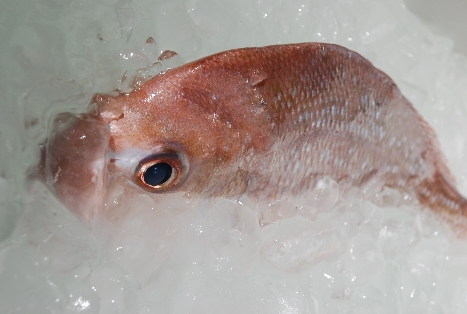THE tragic deaths of Noelene and Yvana Bischoff in Bali in January this year led to a rush of speculation as to the cause.
Many people couldn’t believe that this rapid tragic outcome could have been caused by food poisoning, but contaminated fish eaten at a local restaurant was identified early as a possible cause. An Australian post mortem has now suggested that scombroid poisoning from that fish produced an acute, deadly reaction in the mildly-asthmatic mother and daughter.
Now while ciguatera poisoning has been reported many times in the media and featured as the killer in some lurid crime tales, I’d never heard of scombroid syndrome. It’s not caused by bacteria or a virus, but most likely when a compound called histidine breaks down into histamine in badly refrigerated fish. The effects can be felt within minutes but it rarely kills … unless you’re prone to allergic reactions, as asthmatics often are. It’s associated with dark meat fish such as tuna, mackerel, tailor and bonito, plus mahi mahi and amberjack.
Fisho often runs advice for boat-based anglers on the use of eskies, ice and ice slurries to keep fish in optimum condition for the table. The above events should highlight the desirability of that even further. But for years I’ve been concerned about the way I see non-boat based anglers handling fish.
On the rocks I see quality fish such as kingfish and tailor destined for the table thrown into shallow hot pools to be retrieved, dead, and cleaned hours later. Similarly on beaches Australian salmon are just left to flop around on the sand until they expire. On wharves bream and yellowtail just get thrown into empty plastic buckets.
OK, in these situations it might not be possible to carry an esky and ice. But on the rocks, fish can be kept in a big keeper net in a well-washed, oxygenated pool until it’s time to clean up.
Hardy species such as luderick and rock blackfish don’t seem to suffer from this and many get released at the end of sessions when required quantities for a feed or two are reassessed. Larger fish such as mulloway and kingfish can be tethered in deep cool pools, if they’re definitely destined for the table. Otherwise, release them promptly.
On beaches, tailor and salmon can be bled and buried in the sand (not for too long) while bream and whiting can be kept in plastic buckets with regular water changes. On wharves, the keeper net and the bucket techniques both work, depending on the species. Don’t put a tailor or a leatherjacket in a keeper net though, or it might be an expensive single-use investment.
As well as the food safety/edibility issues, there are also the questions of humane treatment and outsider perceptions to consider. Whether they feel pain as we define it or not, fish don’t deserve a lingering death. And from a more selfish perspective, having non-anglers observe what they perceive as cruel treatment does our sport no good at all.
If I think a fellow angler is maltreating fish out of ignorance, I’ll have a quiet word or just move a fish on the rocks from a shallow to a deeper pool, explaining why. Sometimes I’ve been thanked and sometimes I’ve been told to mind my own business. From now on, I’ll throw in the risk of scombroid poisoning.

















